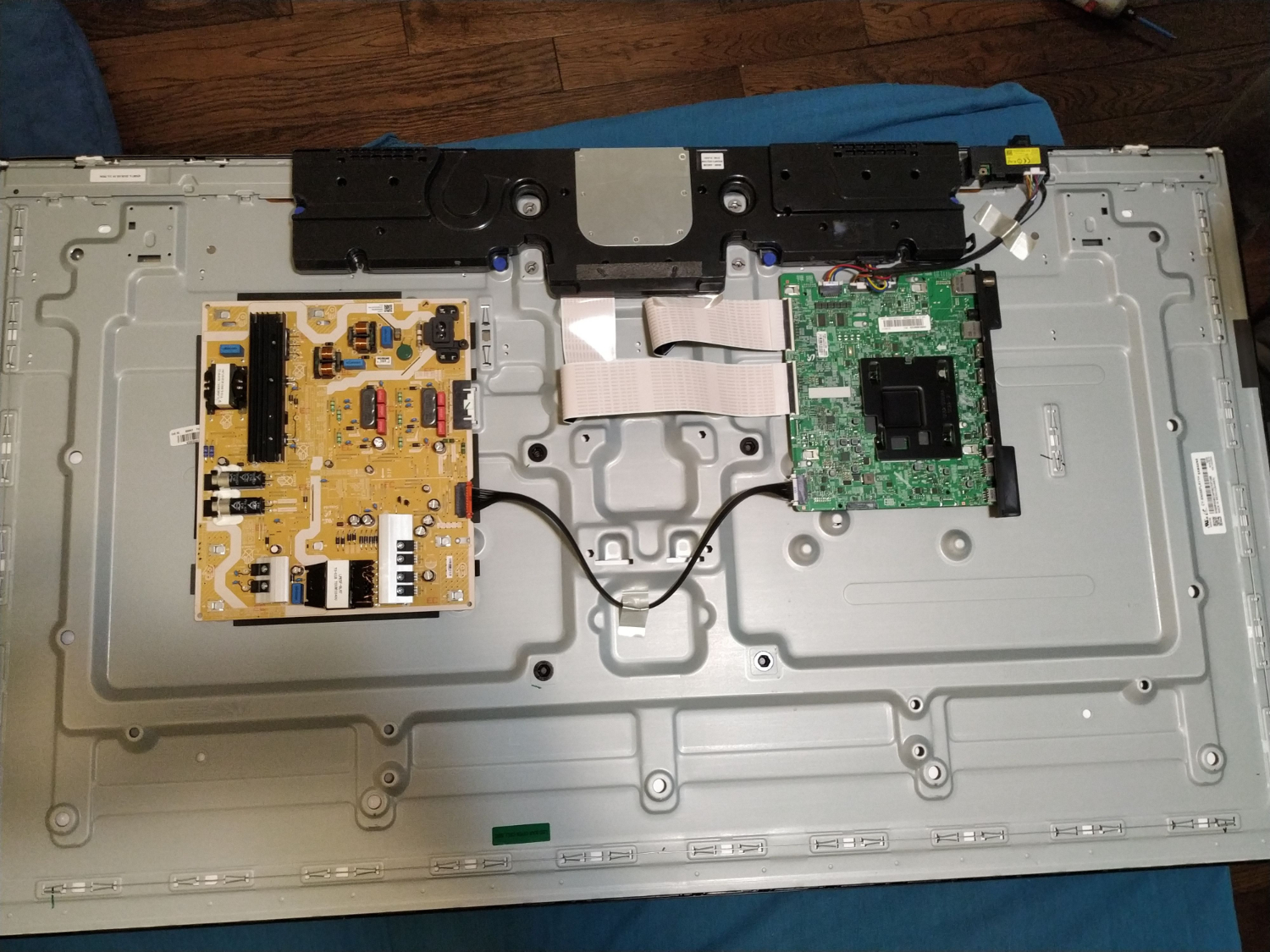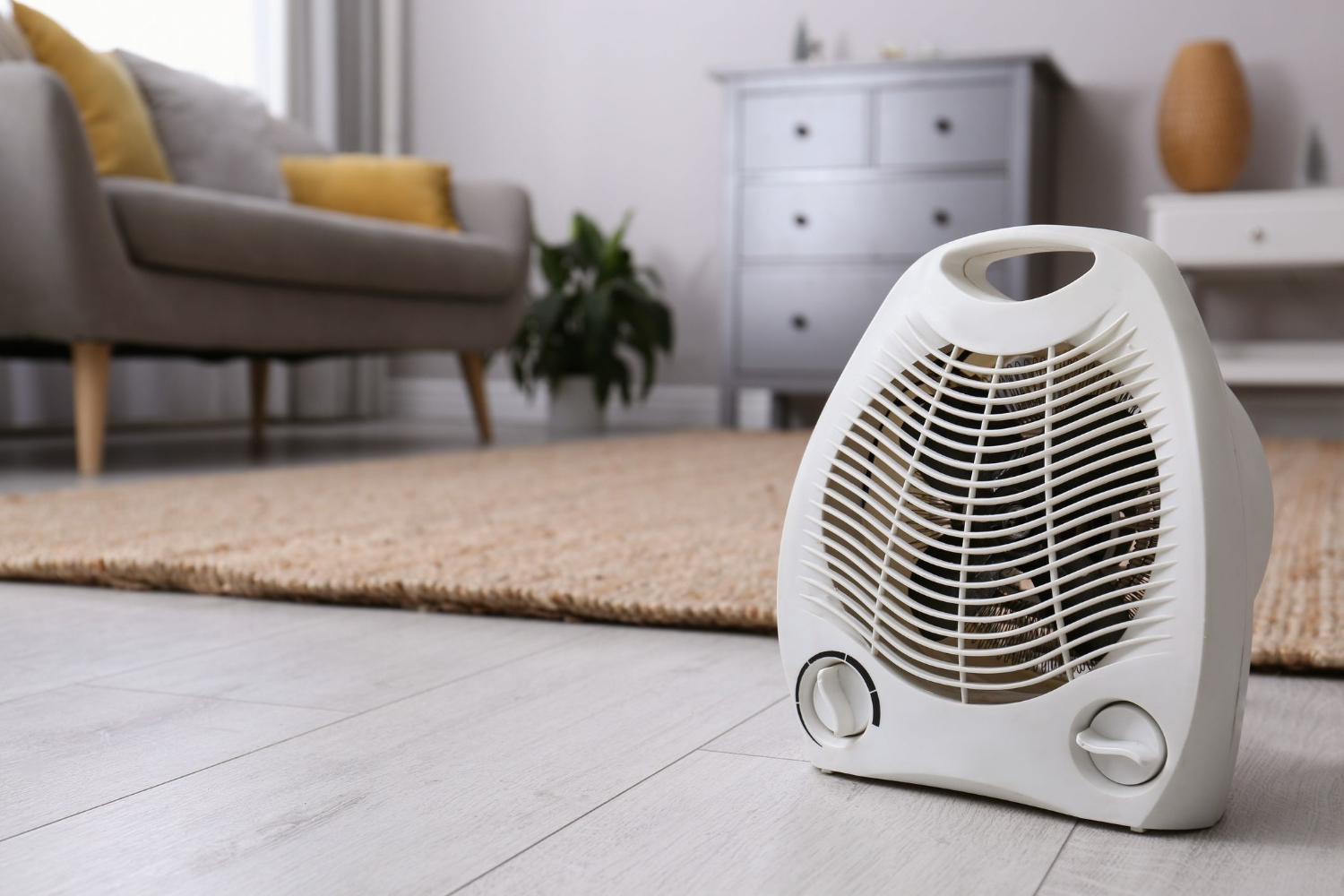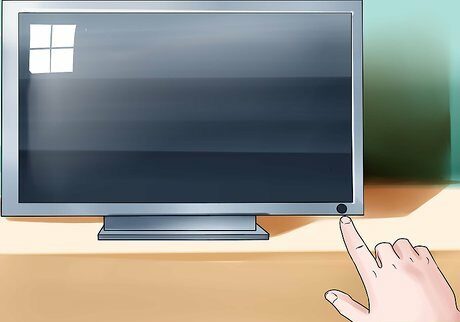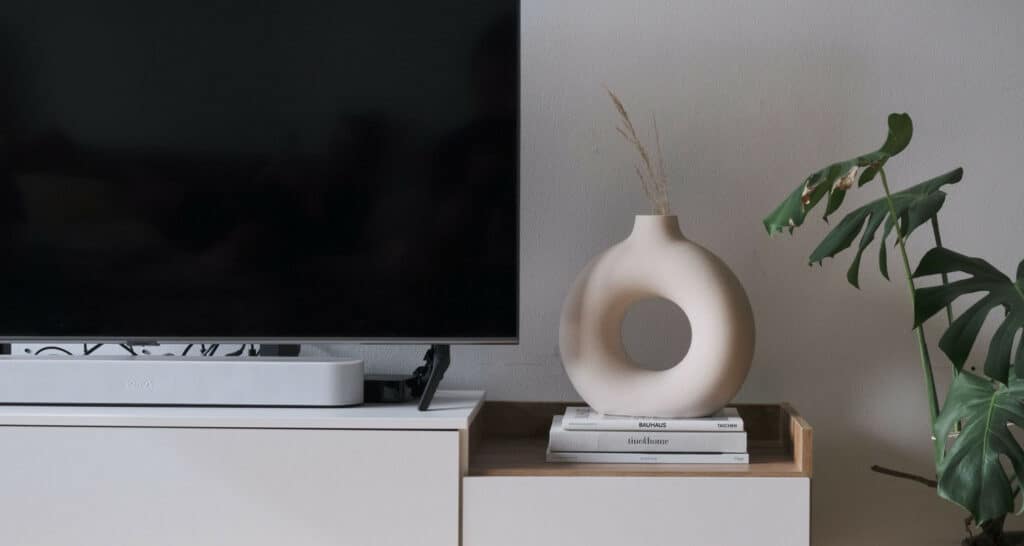How Cold Can a TV Get? What is the Minimum Temperature?
Will your TV still work when temperatures plunge below freezing? Many people living in cold climates ask themselves this question each winter. The minimum temperature that a TV can handle before facing problems is an essential factor. Let’s explore How cold can a TV get.
Most TVs can typically operate at around freezing temperatures at 32 degrees Fahrenheit. Below that point, cold temperatures can cause display issues as the liquid crystals and electrical components inside the TV are not designed to function correctly in icy conditions.
TVs can get cold when the surrounding room temperature drops significantly below normal indoor levels. As air conditioning or heating systems work to lower or raise the temperature, TVs not in use may cool down without the internal heat generated by components during operation. Frigid air can also seep into TV casing joints, causing the internal chassis and circuits to lose warmth over time when the TV is turned off in cold conditions. Read on to learn more about the minimum temperature for a TV to get cold.
How Cold Can a TV Get? What Temperature Will Damage a TV?
The temperature at which a TV can safely operate without risk of damage is essential, especially for those in very cold climates.
While most TVs are designed to function correctly between 0 and 40 degrees Celsius, going below or above this temperature range can cause potential issues. Therefore, it’s crucial to understand how cold a TV can get.
Minimum Warranty Temperatures
Most TV manufacturers only warranty their devices to operate correctly when the ambient temperature is between 0 and 40 degrees Celsius (32 to 104 degrees Fahrenheit).
Going below zero degrees C or above 40 degrees C risks damaging internal components and invalidating the warranty. The exact minimum and maximum temperatures may vary slightly between brands and models.
However, as a general rule, most TV warranties do not cover issues that arise from the device’s exposure to temperatures outside this range. So this clears your doubt on How cold can a tv get before it breaks.
Minimum Operating Temperatures
While the warranty only covers temperatures below 0 degrees C, many TVs are designed to function at even lower temperatures. The minimum operating temperature is typically around -5 degrees C (23 degrees F).
Below this point, the liquid crystal display (LCD) may operate sluggishly or turn on at all once the temperature warms up. Some high-end TVs are rated for operation down to -20 degrees C (-4 degrees F), but this is uncommon.
In very cold conditions below the minimum operating temperature, the TV could expose damage if powered on before warming up.
LCD or LED? Which is Better for Cold Areas?
LED TVs are generally better suited for colder environments than LCD and LED displays. LCD TVs use cold cathode fluorescent lamp (CCFL) backlights that can malfunction or fail to turn on in very cold conditions.
LED-backlit LCD TVs and OLED TVs avoid this issue by using solid-state lighting that is less temperature-sensitive than the gas-based CCFL backlights. The minimum operating temperature for LCD TVs is typically around 0 degrees C, while for LED, it may be as low as -20 degrees C.
For locations that regularly experience temperatures below freezing, an LED or OLED TV is less likely to encounter issues in colder weather compared to an LCD model. However, all TVs should remain within their specified operating temperature ranges for optimal performance and to avoid potential damage.
So, most TVs are designed to operate correctly between 0-40 degrees Celsius, though cold temperatures below freezing carry a risk of issues. LED/OLED models tend to withstand colder conditions better than LCD. Some outdoor TVs operate from 40 to 100 degrees F, the outdoor TV temperature range.
But for optimal reliability and to avoid invalidating the warranty, keep all the TVs within their specified temperature operating ranges. Let me know if you need any clarification or have additional questions!
Can a TV Break From Being Too Cold?
Yes, a TV can break if it gets too cold. If a TV is exposed to very low temperatures for a prolonged period, the extreme cold can cause internal damage that leads to breakdown.
Critical components like circuit boards are most at risk, as metals contracting during freezing can induce cracks or loose connections. Condensation forming when the TV warms up threatens functionality through short-circuiting or corrosion.
See Also: LG TV Vertical Lines On Screen? How To Fix Guide
Your TV’s Metal Components Could Shift Form
When a TV is exposed to very cold temperatures, the metals inside can contract and change shape as they cool down. Electronic devices have tight tolerances between components; even a slight shift in a metal piece due to thermal contraction could cause issues. 
The cooling may cause stress fractures in circuit boards or solder joints. Moving parts like fans may seize up if their metal housings change size at low temperatures.
Over multiple freeze-thaw cycles, small shifts in the chassis could accumulate and potentially lead to damaged wires or loose connections that render the TV inoperable. Keeping a TV above freezing prevents these types of temperature-induced metal component changes.
Condensation Could Form
If a TV is brought inside from the cold, condensation may form on its internal surfaces as warm, moist air comes into contact with the chilled components. This condensation provides a path for electricity that can cause shorts.
When dealing with issues like your LG TV refusing to turn off, it’s crucial to consider potential environmental factors that might contribute to electronic malfunctions. Cold temperatures can pose unique risks, just as water damages phones.
Condensation, which can short out circuits, becomes a concern for cold TVs. Even after turning on the TV, the warm-up period may lead to condensation-related issues, as components warm up, and the condensation might not evaporate fully, potentially causing corrosion. 
To allow ample time for the cold TV to reach room temperature before use is advisable to solve the problem of LG TV. This precautionary measure can help mitigate the risk of immediate heating causing condensation-related problems.
Your TV’s Screen Could Lag
When temperatures dip low, the liquid crystals inside an LCD or LED screen that controls pixels may slow their response time more than usual. This could result in laggy or blurry video playback until the screen warms up.
Some TVs have heaters to keep screens at optimal temperatures, but prolonged exposure to the cold still challenges this regulation. OLED screens are even more temperature-sensitive.
The chemical reactions and thin layers that produce colors require a consistent operating range that extreme cold may disrupt. Screen lag is inconvenient, and it could feel like the TV is malfunctioning to cold-affected viewers.
See Also: Best LG TV Picture Settings: A Comprehensive Guide
How do you keep your TV warm?
Keeping a TV functioning requires maintaining an optimal operating temperature range. When temperatures dip too low, it can cause issues for the delicate internal components.
Let’s consider some steps to help insulate the TV from cold conditions and avoid potential problems.
Maintain Room Temperature Above 40 Degrees Fahrenheit (5 Degrees Celsius)
Knowing How cold can a TV get outside lets us learn how to maintain the temperature. Keeping the room temperature at a moderate level ensures the TV’s internal components stay within their safe operating range. When the ambient air is too cold, heat will leach from the TV more quickly.
Aim to use heating in the room enough that the air around the TV does not drop below 40°F/5°C. This slight warmth protects the TV from potential issues that very cold temperatures can cause.
Run a Space Heater Near Your TV (When Not in Use)
On especially cold days, running a small space heater directed away but near the TV when it is off can help maintain its temperature at a safer level. 
This prevents the TV from chilling down too much if the room gets more relaxed. Only use the heater when watching TV or gaming to avoid fire risks from unattended heat. Shut it off otherwise to conserve energy.
Install a Heat Insulation Layer in Your Room or House
Proper home insulation helps retain indoor warmth and regulate room temperatures more evenly throughout cold weather. Ensure that exterior walls, attics, crawl spaces, and windows/doors are insulated to reduce heat loss.
This protects the whole home, including the TV, from getting too cold. Extra insulation for the TV alcove or wall it sits against can also provide localized protection. A well-insulated structure shields occupants and devices from temperature extremes.
How Long Should I Wait To Turn On a Cold TV?
When you first turn on a TV that has been off for a while, you should wait a bit before fully powering it. This is because the insides of the TV need to warm up before getting power. A TV needs time, like a car needs to warm up on a cold day.
The best rule of thumb is to wait at least 30 minutes before turning on a TV that has been off for over a day. This lets the inside parts, like the screen and electric circuits, slowly reach room temperature. Turning it on immediately could damage some small parts that contract from cold.
You’ll know the TV is ready when the outside casing no longer feels cool. Then, you can safely turn it on using the power button. Waiting this short time means your TV will last longer before needing repairs from wear and tear due to being turned on cold. Always give your TV time to warm up for its protection.
Wrapping Up
If you’re experiencing issues with your LG TV constantly turning off, it’s essential to consider environmental factors. Most TVs, including LG models, can withstand short cold temperatures down to around the freezing point. However, extended exposure to freezing or colder temperatures may cause harm. If your TV has been in a cold environment, especially for an extended period, allow it plenty of time to warm up slowly before turning it on. Following these guidelines can help your LG TV withstand cold conditions and resolve the issue of turning off unexpectedly.
FAQs
[sc_fs_multi_faq headline-0=”h3″ question-0=”How cold can a TV be stored?” answer-0=”Most TVs can be store safely at about 0 degrees Celsius or 32 degrees Fahrenheit. Below that point, the cold temperatures could damage some internal electronic parts if the TV is left in the cold for long periods. ” image-0=”” headline-1=”h3″ question-1=”Can a TV get too cold to work?” answer-1=”If a TV gets very cold, like below freezing, it may not turn on immediately. This is because cold makes the parts stiff and slow. But it won’t hurt the TV if it can warm up slowly before turning it on. Just bring it inside to room temperature before use. ” image-1=”” headline-2=”h3″ question-2=”Can you transport a TV in cold weather?” answer-2=”Transporting a TV in cold weather is generally acceptable if you don’t leave it sitting in the cold for a long time before bringing it inside to warm up. Avoid having a TV expose to temperatures below freezing for more than a few hours. ” image-2=”” headline-3=”h3″ question-3=”How cold can my Samsung TV get?” answer-3=”Most Samsung TVs can withstand temperatures down to 0 degrees Celsius or 32 degrees Fahrenheit for short periods. For longer storage, it’s best to keep Samsung TVs and other electronics above freezing to prevent damage to components from extended cold. Bring cold TVs inside to warm up before use. ” image-3=”” count=”4″ html=”true” css_class=””]




